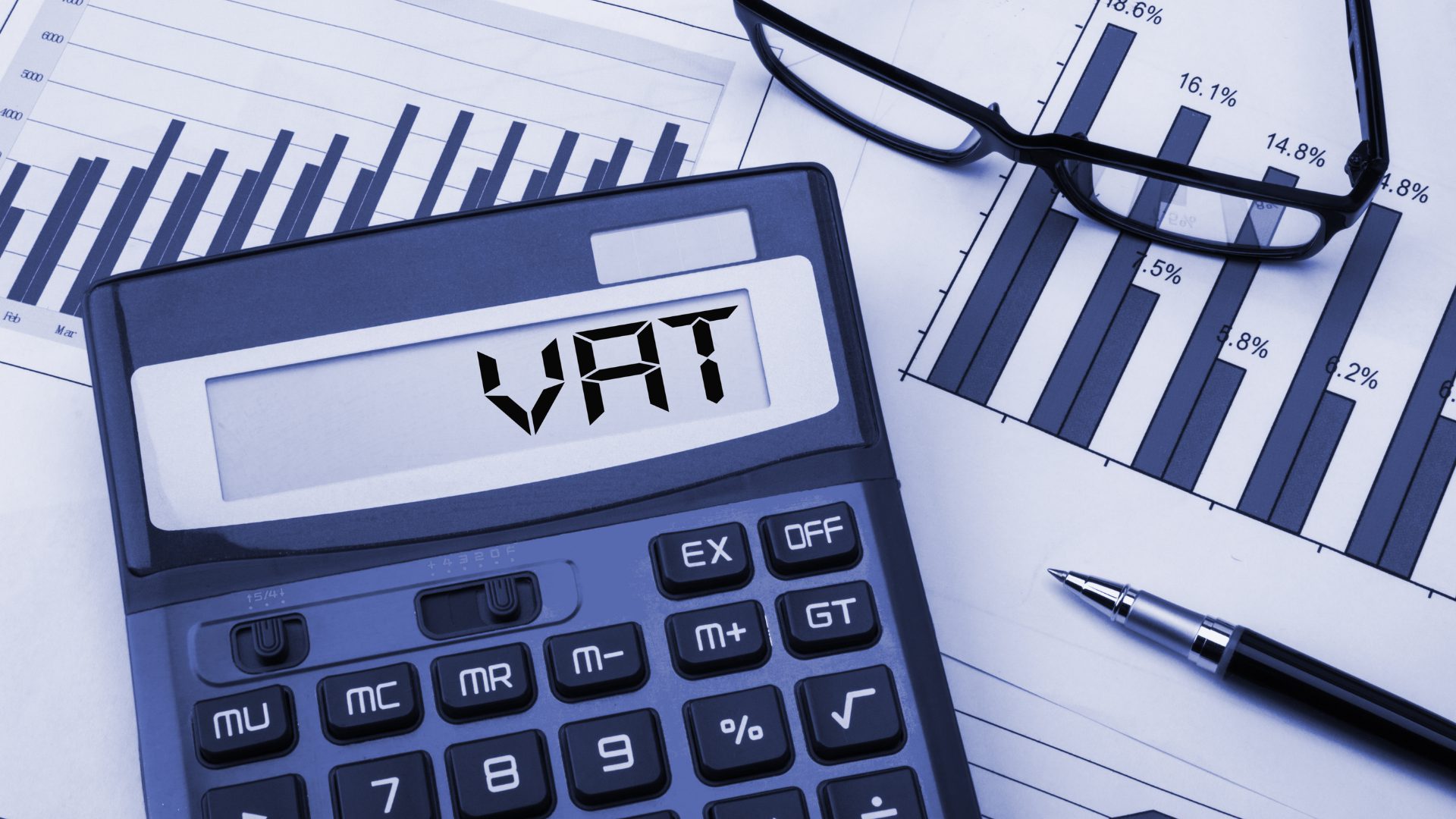Value Added tax (VAT) as a form of tax, is a vital part of any financial transaction for UK-based businesses. Knowing how to file a VAT return is essential for companies registered for VAT with HMRC. This guide provides important information on the complicated process of submitting VAT returns. It will also help companies navigate the financial environment without fear.

What is VAT and why is it important to you?
VAT, also known as Value Added Tax is a form of consumption tax applied to the sale of goods and services. If your business is registered with VAT which means you need to account for VAT when you sell your goods or services. It’s about collecting VAT from customers, and then remitting it to HMRC and then providing them with an invoice or receipt which explains the amount of VAT they paid in their purchase. When you buy something, you’ll get an invoice with VAT which reveals the VAT amount included in the purchase. Keep accurate records to be in a position to claim the VAT back from HMRC.
What exactly is VAT?
The filing of regular VAT returns to HMRC for companies that are VAT registered is a fundamental obligation. The VAT return is a summary of the purchases and sales made by an organization in a particular period. Businesses can utilize it to document the VAT that they collected from their customers and the amount they paid themselves. This process occurs typically on an annual basis. For more information, click VAT Return Guide
How do you file a tax return: a step-by-step procedure
1. Knowing your VAT Period is crucial before beginning the filing process. In the UK companies typically file VAT returns quarterly. Make sure you know the dates for your VAT period.
2. Compile Purchase and Sales Information Get all the pertinent information regarding your purchases and sales during the VAT period. This includes invoices for sales to clients and invoices for purchases made from suppliers.
3. Calculate the Output Tax. Output tax is equal to the VAT you paid to your customers on the sale. Calculate the total output tax by adding up the VAT on all your sales in the VAT period.
4. Determine Input Tax: Input tax is the amount you’ve paid for your purchases. Calculate the total tax by adding up the VAT on all your purchases throughout the VAT period.
5. Complete the VAT Return Complete the HMRC VAT return form with the data you have gathered. This form typically includes sections for your total purchase, sales output tax, as well as input tax.
6. Complete the VAT Return and submit it to HMRC Once you’ve completed the form accurately, submit it to HMRC within the deadline. HMRC offers Making Tax Digital, a service that allows submissions online.
Common mistakes to avoid
To be sure you don’t incur penalties, not submit your VAT returns past the deadline. If you’re not on time for filing, it could have financial implications for your business.
Inaccurate Information: Double-check all the data on your VAT return to ensure accuracy. Errors in calculation or inaccurate figures can lead to a variety of discrepancies or even problems with HMRC.
Failure to reclaim eligible input Tax: Businesses are able to reclaim VAT on eligible purchases. Be sure to find out what input tax you are able to reclaim. This could have a major impact on your tax liability.
The conclusion of the article is:
The management of finances in the UK is not adequate without a deep understanding of the VAT system. Understanding the steps to submit a VAT return, the intricacies of VAT returns, and making use of a comprehensive VAT return checklist are crucial to ensure financial compliance as well as ensuring smooth operations of your business.
Businesses need to be careful when preparing VAT returns and accuracy. Being aware of the process, avoiding mistakes and using the resources available can help businesses streamline their VAT obligations. This will contribute to financial stability and regulatory compliance. No matter if you’re a veteran company owner or are a novice to VAT being informed and proactive in your approach to VAT returns is crucial to creating a stable economic environment for your company.
